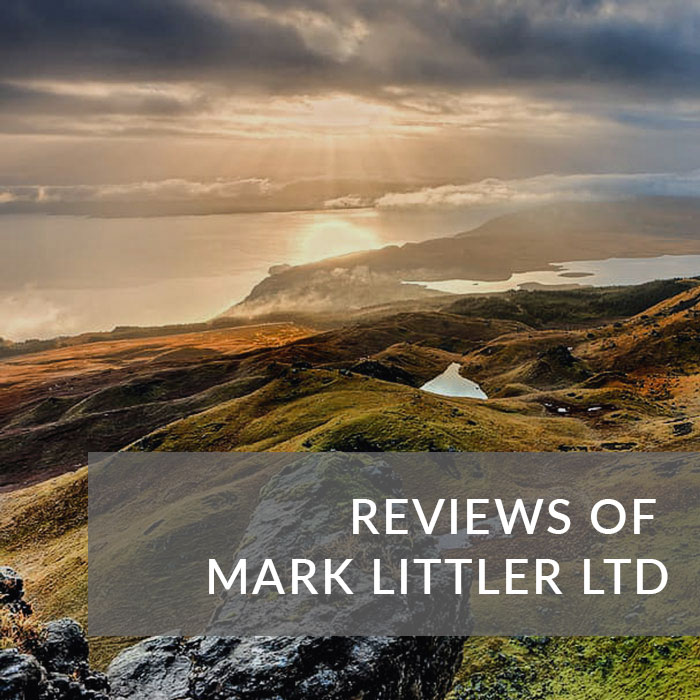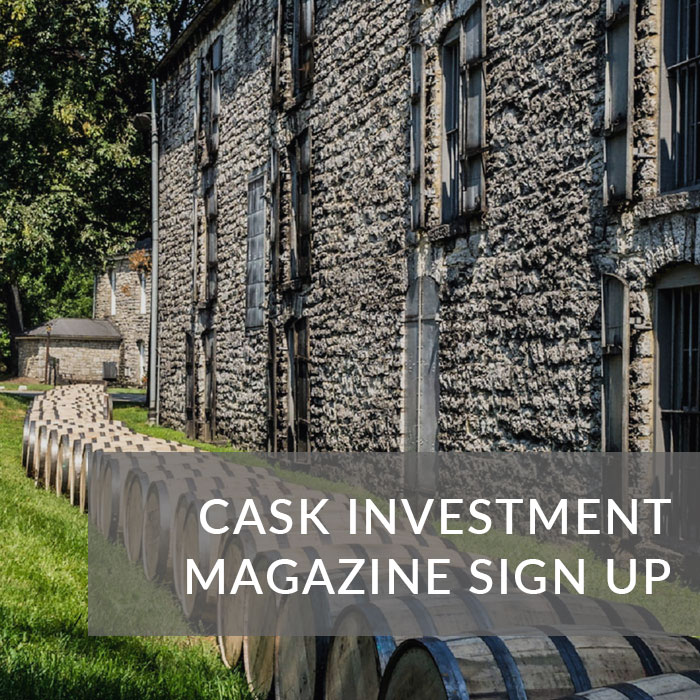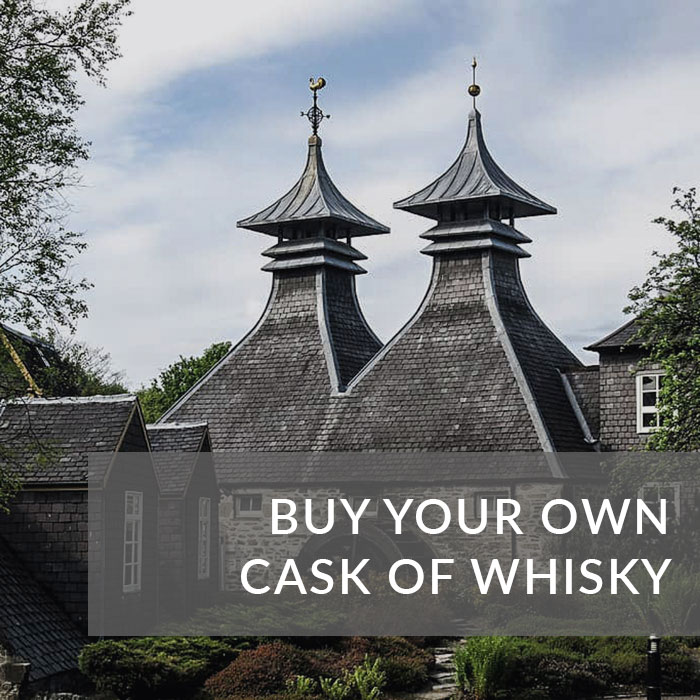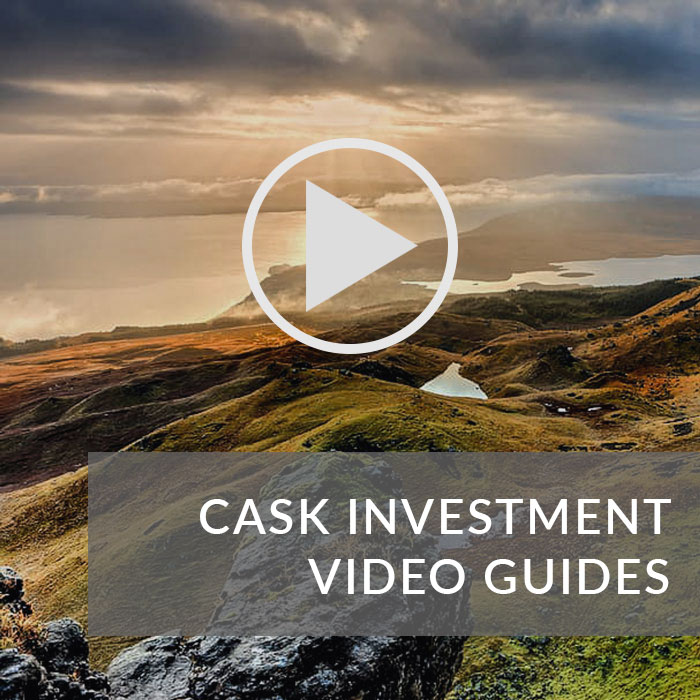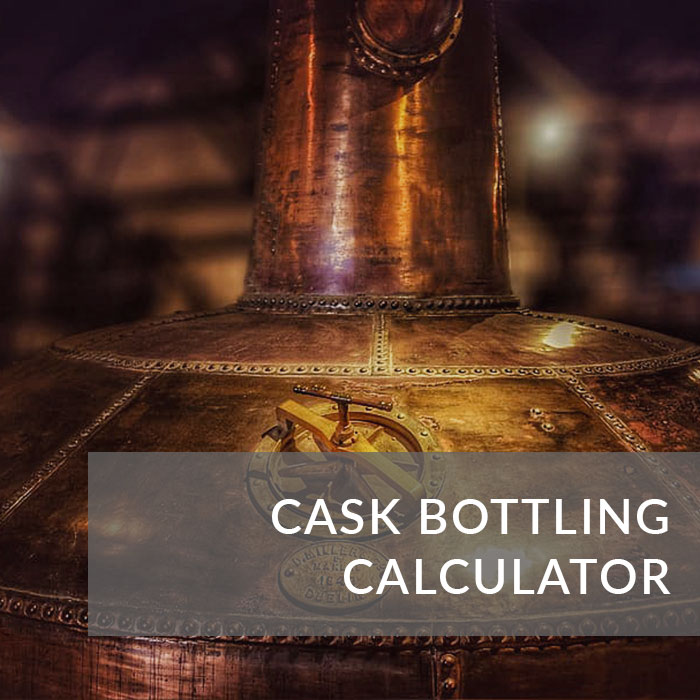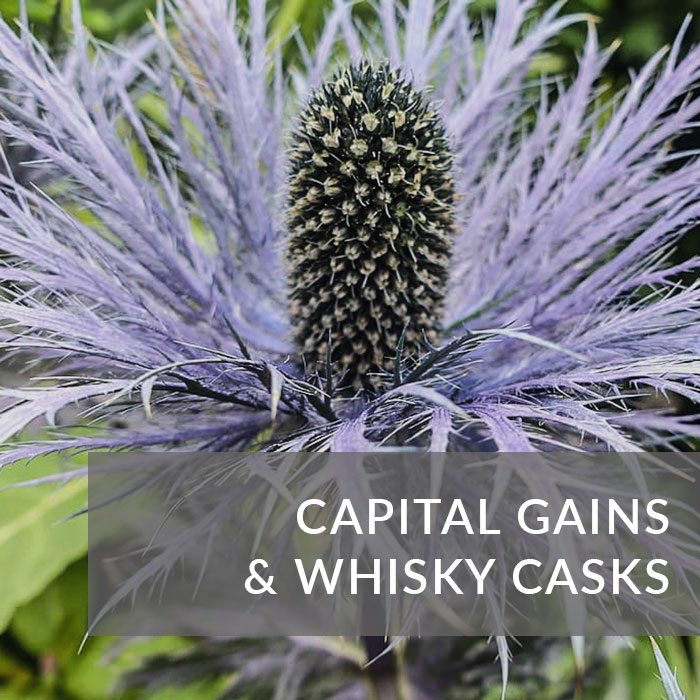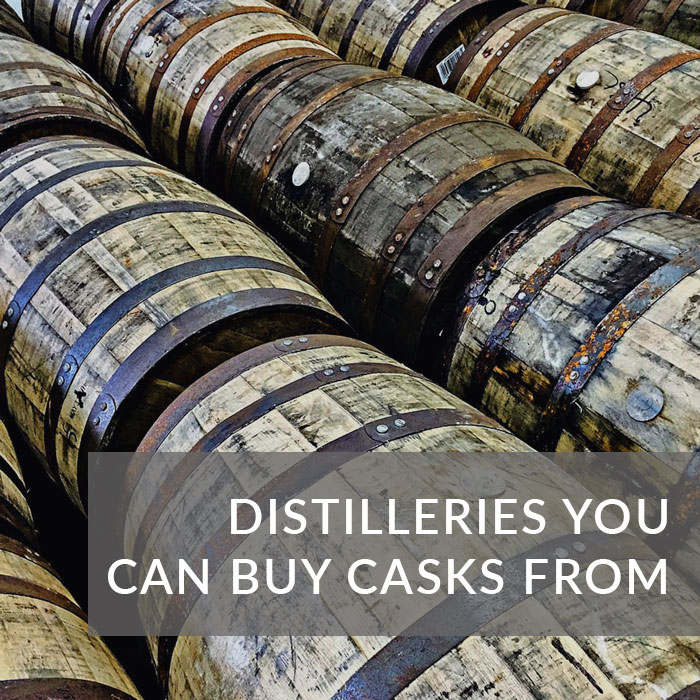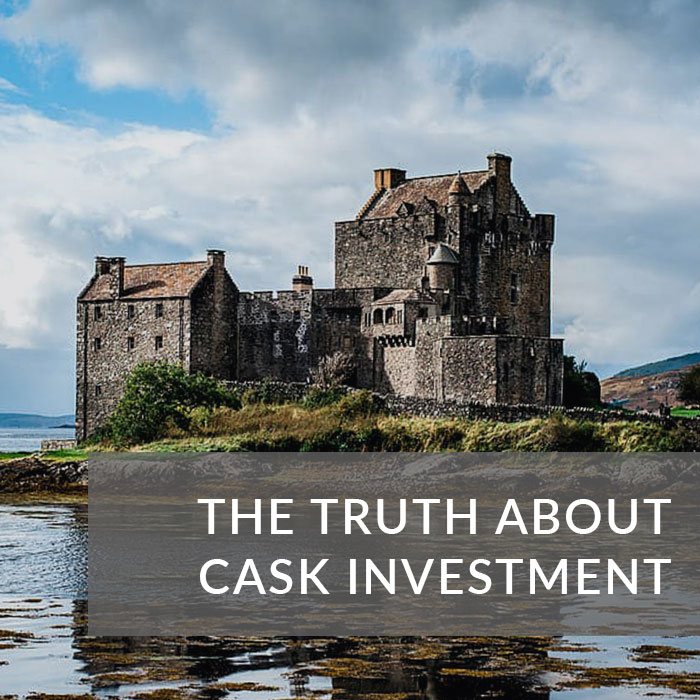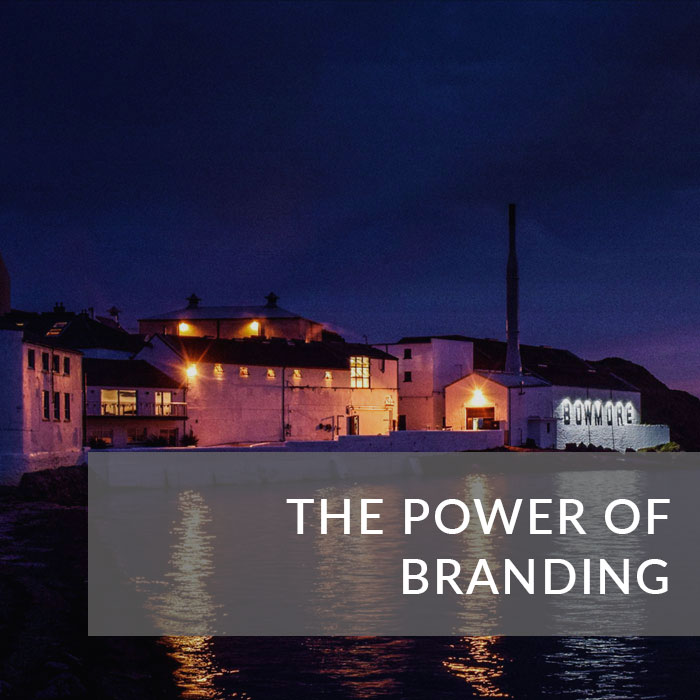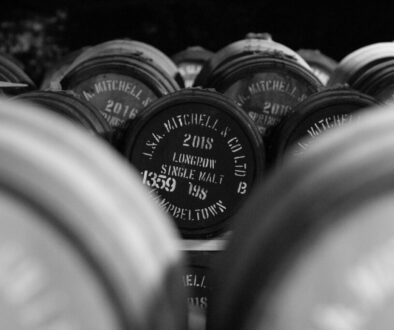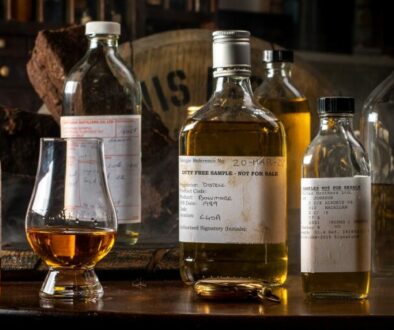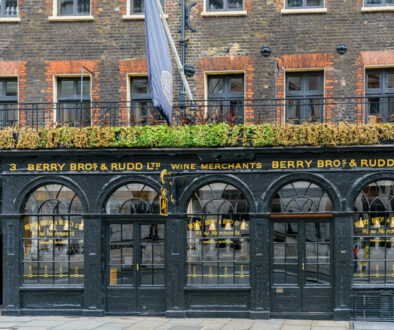As part of our ongoing video guide series about selling casks of whisky we have made a short video about the four factors that affect the value of a mature cask of whisky.
If you have any questions about a cask you are looking to sell please visit out Cask Broker page, email Mark Littler direct ([email protected]) or call the office on 01260 218718.
TRANSCRIPT
There are four things that affect the value of your cask of whisky, and they are the RLA or regauged litres of alcohol, the ABV, the cask type, and the distillery. Now in this video we’re only going to talk about the first three and not about the distillery. So the first, or the main three factors that affects the value of your cask of whisky, are the RLA, the ABV, and the cask type.
Now the RLA implies to regauged litres of alcohol. So if you’ve got a cask of whisky, it’s like saying you’ve got a booklet of gold. You need to know exactly how much whisky is in that cask and to do that, you need to ask the distillery for a regauge and we’re going to cover this in another video. So watch that later if you want. But when you get that regauge completed, it will tell you a few things. It will tell you the bulk litres. So exactly how much liquid is in that cask. So for argument’s sake, 200 litres of liquid. It will also tell you the ABV or the alcohol by volume.
So for instance, it might say there’s 200 litres of liquid at 50%. Now from there you can then calculate the RLA, or regauged litres of alcohol. So if you divide the bulk litres by the ABV, you get to the RLA. So 200 bulk litres divided by 50% gives you 100 litres of alcohol. Now it’s this RLA figure that is used to calculate the value of a cask of whisky and no other multiplying factor matters other than the RLA. The RLA is important because this is the figure that [inaudible 00:01:40] use when they’re calculating how much duty and VAT is payable on the cask. So the duty is priced 28 pounds, 74 per liter plus VAT and when you’re selling your cask, you might get an offer of a hundred pounds per liter of alcohol. So obviously the more litres of alcohol in the cask, the better because that’ll be a higher multiplier of the original offer. There is no other process of manufacturing a value for a cask of whisky other than X price multiplied by the litres of alcohol.
Now the ABV is important because at 40% ABV or less, the cask is no longer classed as whisky. So if you’ve got a cask and it’s at 39.9% ABV, then legally it’s not able to be sold as whisky. So there are a number of ways that you can get around this, but broadly speaking, if your cask is below 40% then it’s almost a write off. Now, if your cask’s between 40 and 50% which it might well be if it’s between 20 and 30 years old, that’s good because the cask is evaporating every year and the alcohol broadly speaking, evaporates a little bit quicker than the water. So your ABV will tend to drop a little bit quicker.
Now 40 to 50% is good. 50 to 60% is where you’d really want your cask of whisky to be when you’re selling it, especially if it’s a younger cask between 10 and 20 years old. Most distilleries put the whisky into the cask at 63.5% ABV and then obviously it’s going to drop each year about 2%. Now some distilleries such as Bruichladdich they still fill their casks with a much higher strength distillate at over 70%. So you might have a eight or a 10 year old cask of Bruichladdich, which is actually over 60% ABV. The higher the ABV, broadly speaking, the more valuable the cask is depending on the age. It’s a bit more complex than that, but you don’t want the ABV to be too close to 40%.
The final point to consider is the cask type itself. Now broadly speaking, all casks of whisky or all casks that are now filled with whisky have been used to hold another liquid at some point. More often than not, it’s bourbon or sherry. Now a sherry cask is very favourable in the market at the moment. It will add lots of sweet and Christmas cake type flavours to the whisky and it will also give the whisky a very dark colour. Now sherry casks and dark whisky for some reason at the moment are what’s called for in the market. The most common type of cask however is a bourbon barrel or a bourbon hogshead. Bourbon obviously, all casks of bourbon must be matured in a brand new cask. So they don’t refill casks like they do with scotch whisky. Now these bourbon barrels impart a much more subtle profile on the whisky and do not affect the flavours as much as the sherry cask will.
However, this produces a much lighter distillate or much lighter whisky, beg your pardon and as such, the value is not quite as sought after at the moment. For some reason the market just wants really dark whisky that’s really sweet and sherried. Now whether that’s your taste or not, that is what the market dictates.
Now we’re not going to mention the distillery because there are too many factors that affect the distillery and the profile of them such as their marketing expenditure. So the main three factors that affect your cask of whisky are the RLA. So broadly speaking, the higher the RLA, the higher the value. The next one is the ABV, or the alcohol by volume, and broadly speaking anything over 45% is going to be at a premium. Anything between 40 and 45% is going to not be too sought after in the market really, and anything less than 40% is going to have almost no value.
Finally, you’ve got the cask type itself and sherry casks and Freshfields sherry casks are a lot more commercial than bourbon barrel and bourbon hogshead at the moment.
Send me my free cask buying guide
Simply fill in form below and we will post your 52 page guide to get you started on your whisky adventure.

